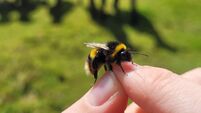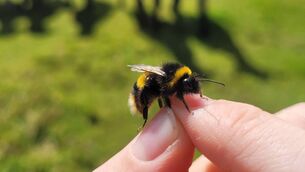Ireland’s frightening Halloween habit is a curse that can be broken by sustainable choices
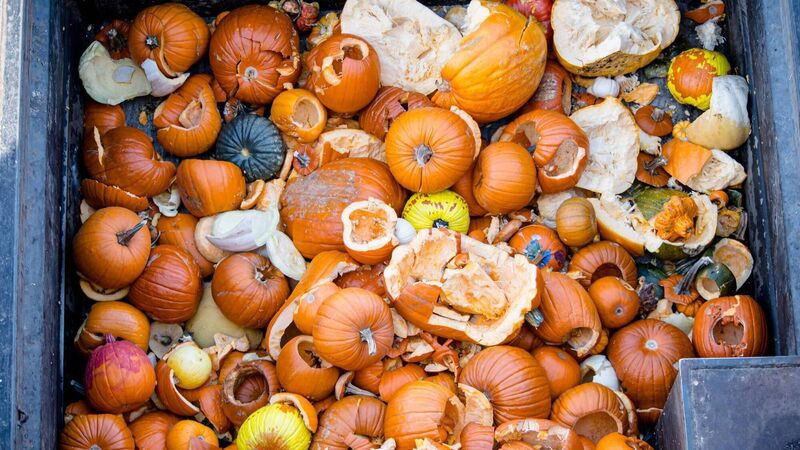
Dr Michelle McKeown: "Roughly 40% of Irish households now buy pumpkins every October, and most buy more than one, according to Global Action Plan Ireland (an environmental NGO). Yet 60% of those pumpkins never get eaten."
It's that time of year when we encourage young children to knock on strangers’ doors demanding sugar, supermarkets to pretend pumpkins are native to Ireland, and adults dress like the latest pop culture phenomenon (those green cloaks from are everywhere this year).
But behind the fake blood, coloured hairspray, and polyester cloaks lurks a genuinely terrifying monster. Waste.
What began as Samhain, the Celtic festival marking the end of harvest, has been reanimated by modern consumerism. We’ve traded bonfires for bargain bins, rituals for retail, and ancestral feasts for landfill fodder. The ghosts might be imaginary, but the rubbish is all too real.
Pumpkins are the gateway gourd to Halloween chaos. Roughly 40% of Irish households now buy pumpkins every October, and most buy more than one, according to Global Action Plan Ireland (an environmental NGO).
Yet 60% of those pumpkins never get eaten. That’s thousands of tonnes of perfectly edible food left to rot in compost bins — a crime against both cuisine and climate. Across Britain, about 18,000 tonnes of pumpkins are wasted every year. Ireland’s contribution isn’t officially counted, but given our enthusiasm for seasonal décor, it’s likely to be several thousand tonnes of pulpy potential.
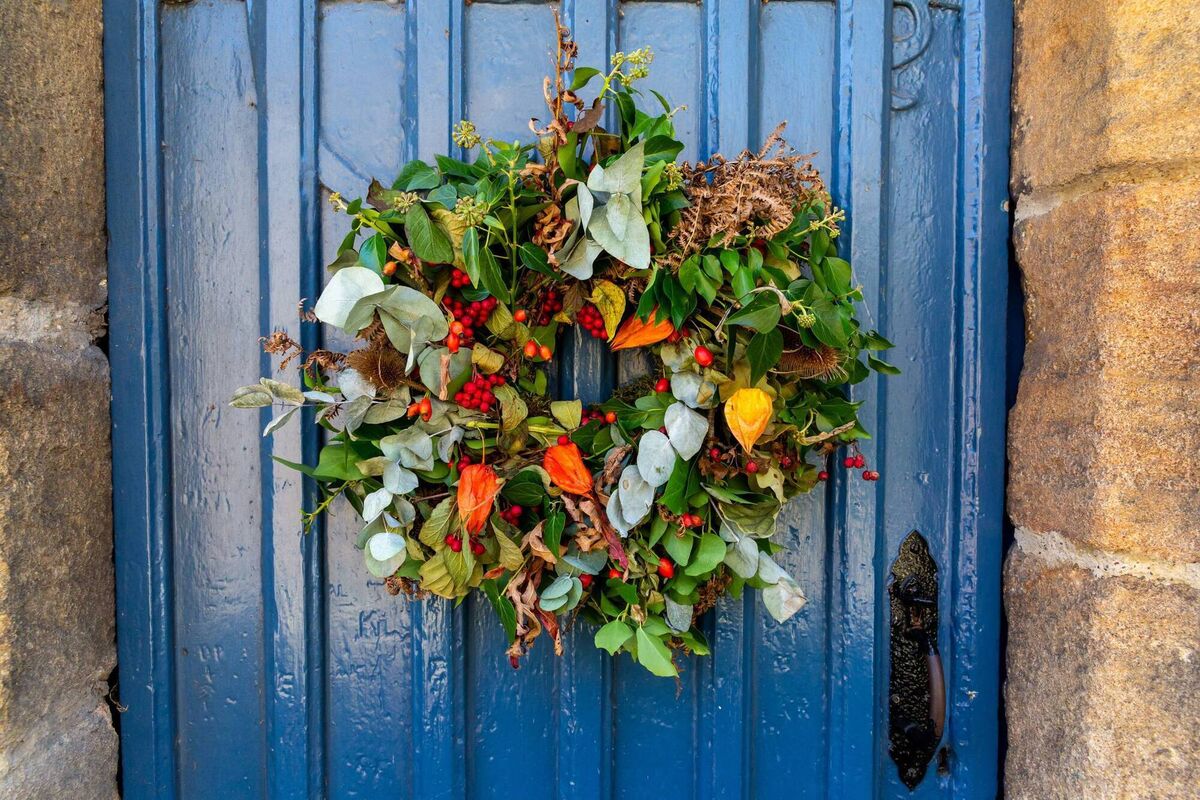
And the irony? Pumpkins are delicious and packed with fibre, potassium and vitamins A and C. They can be roasted, souped, baked, curried, or turned into pie. Even the seeds can be toasted. Yet most end their short lives grinning vacantly on a doorstep before a trip to the landfill. So, this Halloween, eat your pumpkin before you light it, or at least give it a decent burial in the brown bin.
The next horror story? Fast fashion. The majority of shop-bought Halloween costumes are made from synthetic fibres like polyester, nylon and acrylic — in other words, fossil fuels masquerading as fabric.
Again, it’s difficult to get exact numbers but according to Global Action Plan Ireland, around 83% of costumes contain plastic and about 40% are worn once before being binned or banished to the back of a wardrobe. That’s a mountain of plastic heading straight to landfill, where it will linger for centuries, long after the zombie trend dies (again).
It’s worth remembering that Irish Halloween costumes once relied on imagination, not imports. A bedsheet ghost, a cardboard mask, your mammy’s eyeliner; the holy trinity of sustainable scaring. If you can’t face the charity shop hunt, host a costume swap with friends or dig through last year’s outfit box.
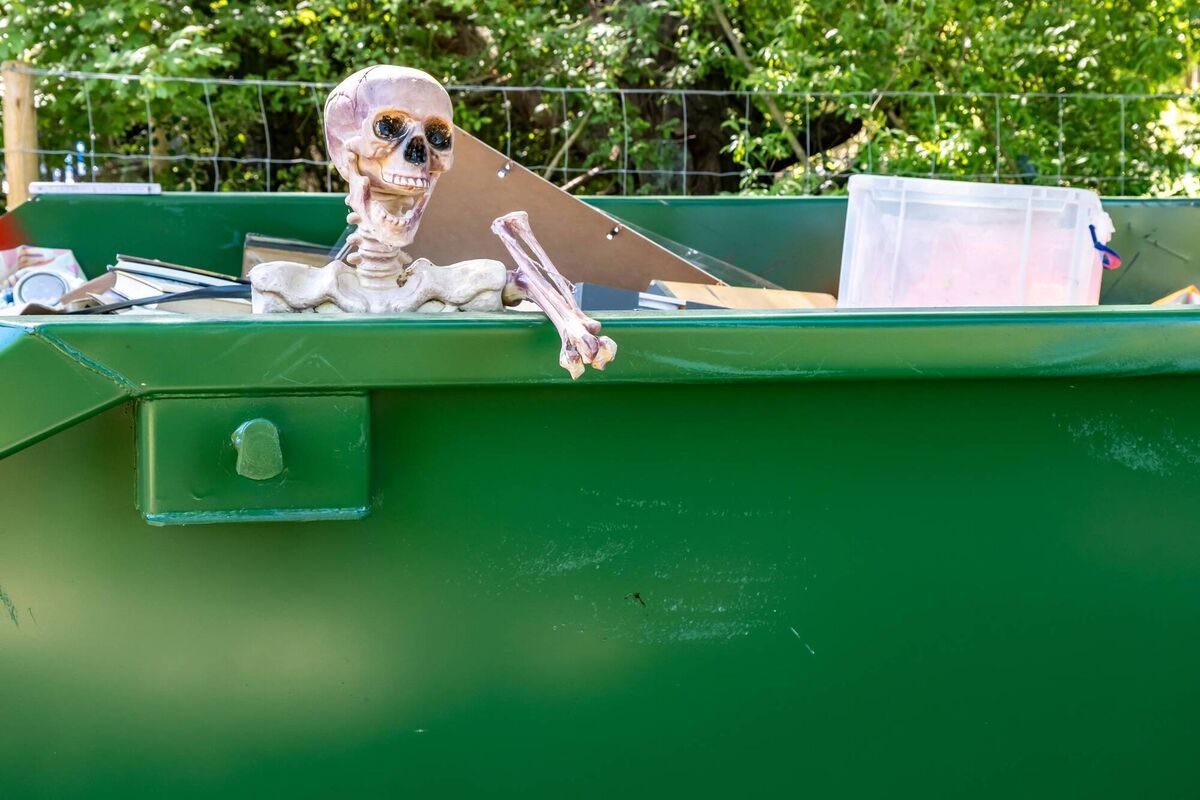
Walk into any supermarket at this time of year and you’ll find aisles of luminous tat: plastic skeletons, Styrofoam gravestones, and fake cobwebs that shed microplastics like dandruff at a disco. Ireland generated 3.19 million tonnes of municipal waste in 2022, according to the Environmental Protection Agency (EPA).
While recycling rates are improving, single-use plastics remain our Achilles’ heel, and Halloween is the perfect storm of short-lived decoration and long-lived pollution.
The solution? Think less 'Haunted Mansion' more 'Rustic Samhain'. Nature’s décor is unbeatable: fallen leaves, pinecones, bare branches, and candlelight (ideally in a glass jar rather than a plastic skull).
They’re biodegradable, beautiful, and cost nothing. And if you really need something that glows, invest in solar or LED lights; they last longer and won’t end up haunting your electricity bill. And remember, real spiders are free and arguably more authentic.
The real fright begins after the sugar rush. Halloween is Ireland’s most wasteful food holiday after Christmas. EPA data shows that Ireland generated 835,000 tonnes of food waste in 2023, equivalent to about 162 kg per person, up from 146 kg in 2022. Of that, households produced roughly 221,000 tonnes (about 26% of the national total). Food waste costs the average Irish household around €700 per year, and the EPA estimates that we throw away the equivalent of over one million meals every day.
Progress has been made. About two-thirds of households with kerbside collection now have a brown bin, and composting rates are improving. But too much still ends up in general rubbish, turning food into a climate liability rather than a compostable resource.
It’s ironic that Ireland, birthplace of Halloween, once celebrated this season sustainably. Samhain marked the end of the harvest; a time to honour the land and prepare for scarcity, not to bin it. Our ancestors would be appalled to see us wasting food while complaining that brown bins smell.
We’ve let this season become possessed by plastic and profit, but we can easily break the curse. Eat the pumpkin. Reuse the costume. Compost the scraps. Decorate with what nature provides. And if you must buy something new, make it something that will last until at least next Halloween or until the dog chews it.
Because the scariest thing this Halloween isn’t a ghost in your garden. It’s your bin. True horror isn’t supernatural. It’s human-made.



